15 Fantastic Ways to Teach Mindfulness to Kids
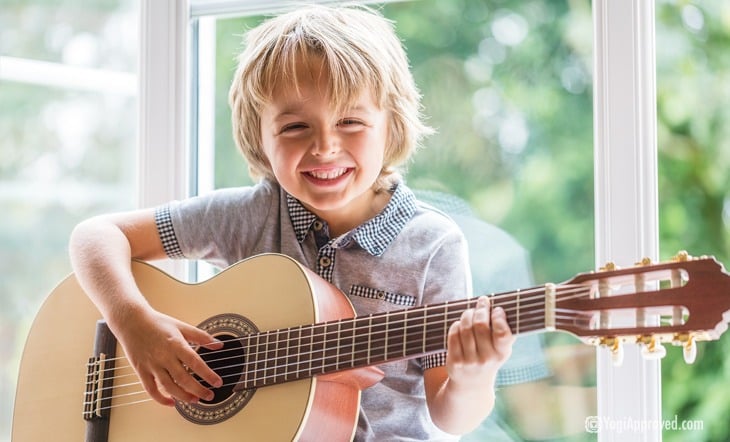
Part of living a full life is to truly experience the world around us and within us. For many who practice yoga, the concept of mindfulness is familiar and well-practiced. But if we keep our mindful techniques to ourselves, we aren’t sharing an important tool of living a full and happy life.
And who else could greatly benefit from practicing mindfulness? Our children.
Teaching our children to experience, question and value the world around them not only adds to their childhood, but helps to build inquisitive and insightful adults. Children are naturally curious and uninhibited and those traits can be quite powerful, especially when focused on and expanded upon.
Children who practice mindfulness tend to perform better academically and have improved social skills.
Children who practice mindfulness have better moods and higher self-esteem. They tend to perform better academically and have improved social skills, like the ability to navigate and peacefully resolve conflicts.
Mindfulness is also considered an effective tool to deal with anxiety and aggression.
It’s not difficult to teach our children mindfulness through mindfulness activities catered to their interests. Naturally, they may become impatient or not understand why mindfulness is important, but there’s no rush.
Here Are 15 Mindfulness Activities for Kids:
Read the infographic for quick reference, or check out the full list for in-depth explanations of each way you can introduce mindfulness to your kiddo:
1. Start With Yourself
The best way to encourage a child to learn a new, positive behavior is to let them see you practice it. If you have a meditation practice, a gratitude journal or a pranayama practice – let them see it. Practice mindfulness openly and answer any questions that may come along.
No need to push too hard – it is always best to allow children to develop at their own pace. If we insist they do something, we are likely to be challenged or met with refusal. So first be open about your own practice and invite them to join if they wish. After a while, you may find them doing the same when you least expect it.
2. Encourage Short Bursts . . .
. . . and gradually build. Once you’ve caught their interest in mindfulness, you can gradually build your practice together. Try for just a few minutes at first. Too much at once is difficult even for adults. Be sure to stay positive and supportive during this learning transition, as it may take a while for them to adjust to the slower rhythms of mindfulness.
For younger kids, you might want to start with a session as short as three minutes until they can remain focused and settle for longer periods of time. There is always the option to build up to longer sessions.
3. Keep it Simple
Mindfulness is a big word for young kids to understand, so to put it simply, mindfulness = awareness. It is noticing our thoughts, feelings, bodily sensations and anything around us that is happening right now.
Mindfulness, then, is simply inviting our children to stop and observe and to be present in the moment.
You don’t even need to name it “mindfulness.” It can be listening, feeling, noticing or being aware. Maybe use this opportunity to allow your child to name it what they want. Give them the power to choose and make it more meaningful to them.
4. Make it a Family Affair
Make mindfulness a family practice and a topic everyone openly discusses together. By creating a culture of mindfulness within your family home, you make it more of a way of life and less of a chore or lesson to be endured.
An example of a great family exercise proposed by Sarah Rudell Beach is to establish a ritual of dinnertime gratitude. Each night at the dinner table, everyone takes turns sharing what he or she is thankful for. Invite your family to find gratitude in the small, daily occurrences along with the larger more obvious occurrences.
To have the family practice mindfulness together will gradually make mindfulness a simple and easy addition to your child’s routine.
Suggested Read: How Yoga, Meditation, and Holistic Living Has Benefitted My Family
5. Get Crafty
Crafts are an excellent mindfulness activity for kids. Encouraging kids to “notice stuff” is great, but you might need to make it more appealing to keep their attention and stir their imagination. You can evoke mindfulness in a fun way through a multitude of different, affordable crafting activities.
Try knitting and invite your kids to think about the feel and color of the wool along with the sound of the needles clicking. Try drawing, and think of the texture of the pencil, the smell of the paper, and the pre-history of the materials as they made their way from the woods to your kitchen table.
6. Jump!
It is important to keep in mind the correlation between mind and body wellness. Mindfulness is not just about being aware of one’s thoughts and feelings, but also about focusing on what is happening in the body . . . and it can be fun too!
Ask your kids to jump up and down in place for a minute. Then invite them to sit down, with their eyes closed with their hands on their chest to feel their breath + heartbeat. Ask them to share what else they notice about their bodies during this time.
It is also important to explain to children that an active, healthy body also equates to an active and healthy mind. Have they noticed a time when their minds were sad, and a quick dance session changed the sad feelings?
Encouraging a mindful connection to the body will also help children with their emotions, making it an important mindfulness activity for kids.
7. Listening Exercise
Listening allows us to connect to the present moment and is another great opportunity for children to practice mindfulness. When children learn the skill of active listening, they invite their minds to quiet and focus on one thing . . . which can be very helpful in our highly stimulated society.
Try this active listening exercise. After ringing a bell (you can use a singing bowl or pot/pan with a wooden spoon too), ask the kids to listen closely to the sound and raise their hands when they can’t hear it anymore.
Once they can no longer hear the ringing sound, ask them to remain silent and pay close attention to the other sounds they hear. After a minute, ask the kids to share every sound they noticed.
Invite feedback from your kids. How did they feel when they were able to sit in stillness and listen? Were they able to notice more than they thought they would? Encourage them to keep practicing this throughout their day.
8. Ask Awareness-Building Questions
Continue inviting your children to connect to their senses and mindfulness practice with touch. Exercises based on the feeling of touch help cultivate a heightened awareness. Young children are encouraged to learn through touch to help develop sensory play and exploration.
Ask your children to pick their favorite toy. Invite them to close their eyes and take their time feeling the object in their hands. After a few seconds, ask them to describe what the object feels like.
Continue to build awareness by asking questions like, “How would the toy feel if it were wet?” Or, “How would it feel if I put the toy in the sun?” Continue to invite your child to explore their senses and thoughts.
9. Raisin Meditation
Many families juggle work, soccer practices, running errands and cleaning the house. When we are able to eat a meal, it is sometimes on the go and in a hurry. But the sensation of taste is a powerful anchor to the the present moment, and mindful eating is important for both children and adults.
Introducing mindful eating to kids can seem like a challenge, and that’s where the ‘raisin meditation’ can help!
Ask your kids to hold a raisin and spend a few moments exploring its shape, smell and color. Then, invite them to slowly place the raisin in their mouth, without chewing, and explore it with their tongue. Once they are ready to chew and swallow the raisin, remind them to pay special attention to the sensations of taste and texture.
10. Explore Mindfulness Apps
This is a great way to mix the fun and interactive world of personal electronics and mindfulness for kids. Adults can benefit from this too! Practicing together with the help of a mindfulness app would be a great way to begin a mindfulness journey.
Headspace For Kids is a popular mindfulness app specifically for children that offers five themes: Calm, Focus, Kindness, Sleep and Wake Up. The activities are aimed at three different age groups (under five, six to eight, and nine to 12) and include soothing sounds, breathing and visualization exercises, and more.
11. Smell
Activating the sense of smell in a mindful and meaningful way is a great mindfulness activity for kids.
Going outside to experience the smells of nature can be a fun way to invite children to grow their mindful sense of smell. Ask your children to take deep breaths through their nose and see if they can figure out what they smell, and explore how each of the different smells makes them feel.
Try the Spider-Man Meditation to teach your children to activate their “spidey-senses” and increase their ability to focus. Hand them a flower and ask them to breathe in deeply with the flower under their nose. What is the flower’s scent? Is it sweet? What do their “spidey-senses” tell them?
12. Take a Mindful Stroll
You may have noticed that mindfulness is not just about sitting still. The good news is that we can practice mindfulness at any point of our day – not just in seated meditation. Kids have a lot of energy and may not always want to sit in stillness.
A short walk or movement activity is a great opportunity to teach them to be mindful any time. When they return to playtime, they may have a different outlook than before.
13. Validate, Identify, and Get Present
When your child is upset, let him or her know that it’s okay to be angry or sad. Validate their emotion so they can start focusing on what do with it. We do not want our children to feel guilty for having these emotions, but we do want teach them how to handle these feelings in a healthy way.
Once they’ve told you how they feel, help them identify how this emotion affects their body. Ask them how their body feels when they are angry, upset, or sad so they can become more aware of their emotions.
At this point, they will be ready for a mindful breathing exercise to help them remain calm. Taking deeps breaths when they feel themselves becoming upset is what their mindfulness practice is all about.
14. Try “Buddy Breathing”
For young children, the request to “pay attention to the breath” can be difficult to understand and hard to follow. But focusing on the breath is an amazing tool to help children concentrate, relax and create.
“Buddy breathing” is the perfect mindfulness activity for kids because it’s a kid-friendly breathing exercise.
Invite your child to lie on their back as you place their favorite stuffed animal on their belly. Ask your child to focus on the rise and fall of the stuffed animal as he/she breathes in and out. To help your child breathe deeply and control their breath, ask him/her to “slow teddy down” by breathing slower and deeper into their belly.
This is a fun and interactive way for children to become in-tune with their breathing and to notice not only the control they have over it, but how it can control how they feel.
15. Squeeze and Relax!
When bedtime has arrived and your child is having trouble relaxing, a great exercise you can try before bed is “squeeze and relax.” This is a great activity for loosening up the body and mind, and will help your child feel present and in-tune with their physical body.
Have your child lie down with their eyes closed and ask them to squeeze every muscle in their body as tightly as they can. Have them hold this position for a few seconds, and then fully relax and release.
Do this exercise as many times as they would like, always inviting them to remain still and breathe for a few moments to allow their body to fully relax.
![15 Ways to Teach Mindfulness to Kids [Infographic]](http://www.ozicare.com.au/images/insights/life/15-Ways-To-Teach-Mindfulness-To-Kids.png)
15 Ways to Teach Mindfulness to Kids [Infographic] brought to you by Ozicare Life Insurance
Add These Mindfulness Activities for Kids to Your Parenting Tool Belt
These mindfulness activities for kids can be practiced anytime, anywhere and do not need any specific rules. The point is to make it something natural and part of your everyday life.
This is just the start of your mindful life together, and there are plenty more techniques to try . . . and to invent. Mindfulness is a beautiful way to bring your children’s world to life.
Have you been interested in beginning mindful practices with your children but didn’t know where to start? Are these tips helpful? Do you already practice some of these mindfulness activities or have techniques of your own?
We’d love to hear about your personal mindfulness practice with your kids in the comments below.


This Month's Letter
From the Editor
Monthly motivation and food for
thought from our founder.

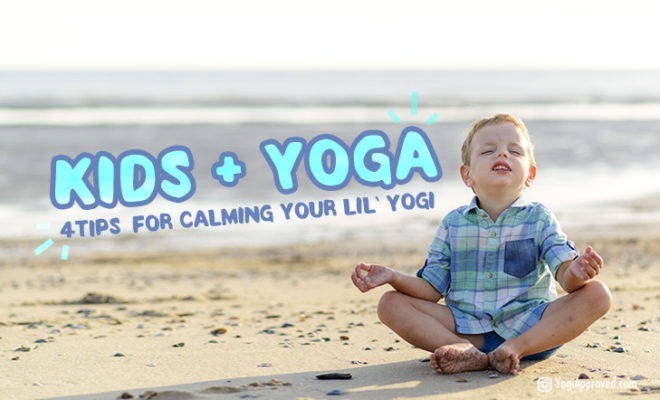
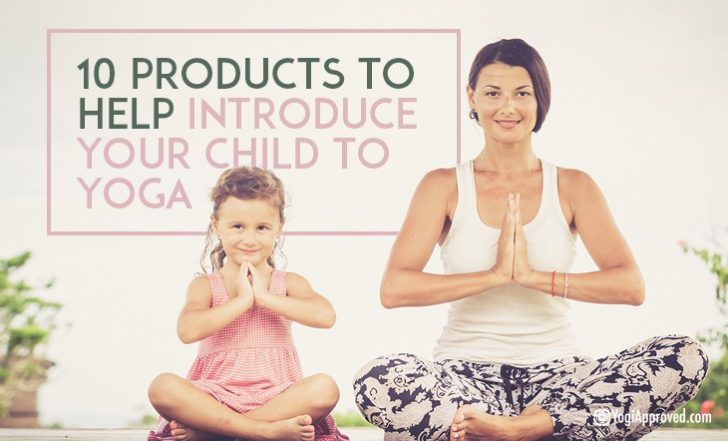
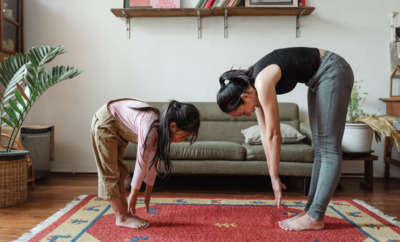
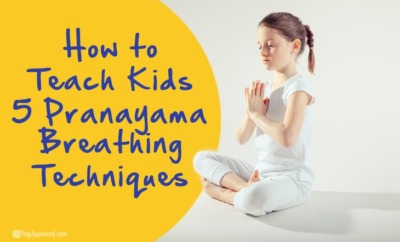
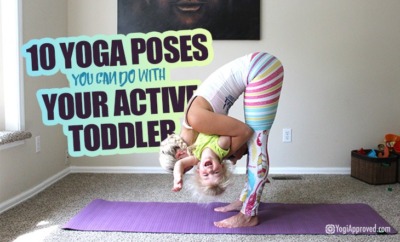
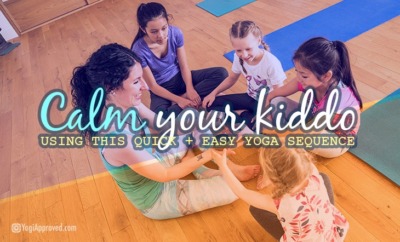

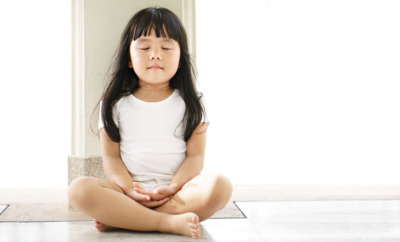



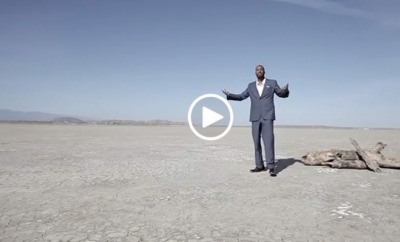












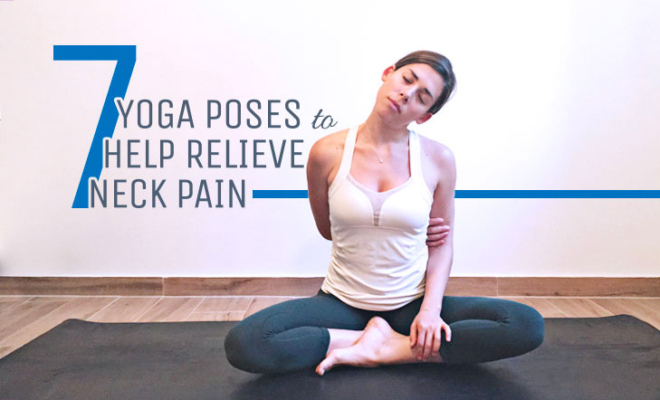




Comments